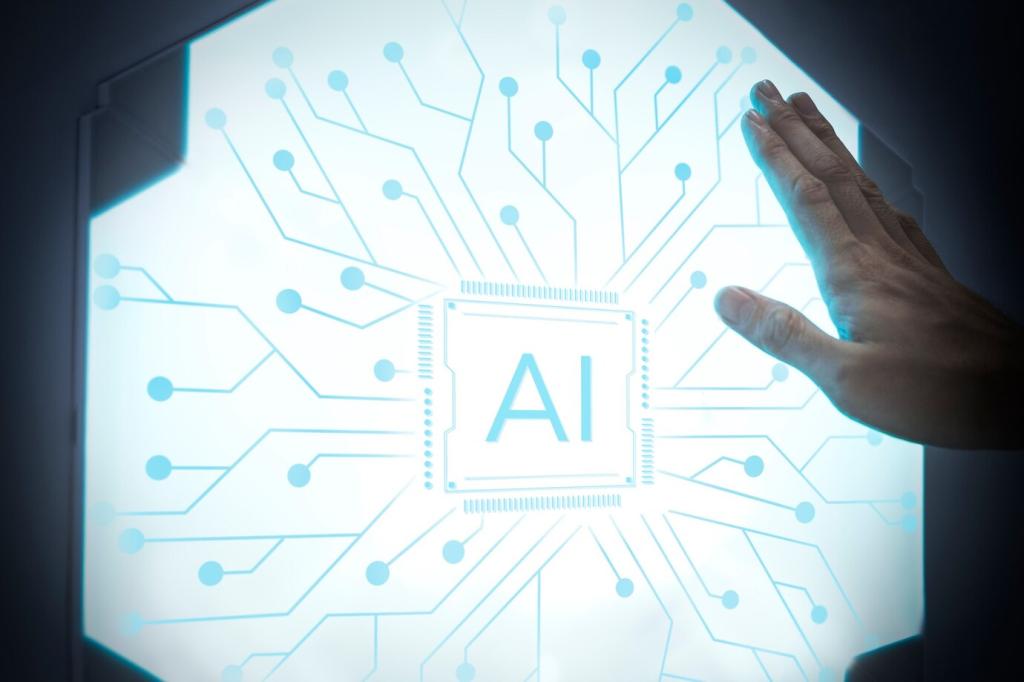This website uses cookies so that we can provide you with the best user experience possible. Cookie information is stored in your browser and performs functions such as recognising you when you return to our website and helping our team to understand which sections of the website you find most interesting and useful.
Machine learning has rapidly transformed predictive risk management, offering unprecedented accuracy and efficiency in identifying and mitigating potential threats. By leveraging vast data sets and complex algorithms, organizations are now able to forecast risks with far greater precision than ever before. This evolution is altering traditional risk frameworks across industries, opening new possibilities for proactive decision-making. As businesses face increasingly volatile environments, understanding the intersection of machine learning and risk management is essential for gaining a competitive edge and maintaining operational resilience. This page explores this dynamic relationship, highlighting key aspects and impacts of machine learning in predictive risk management.


